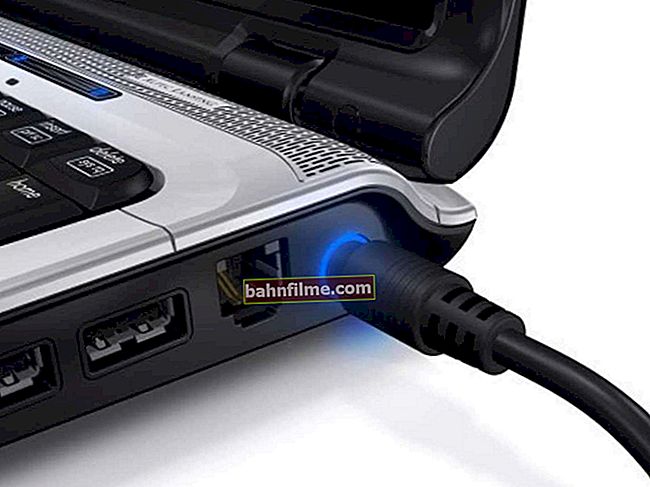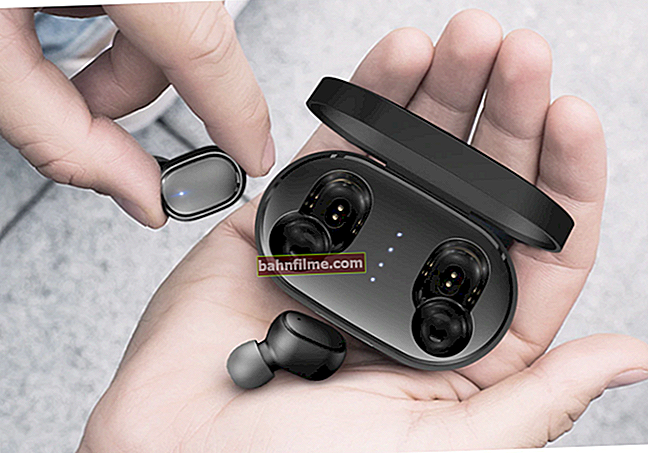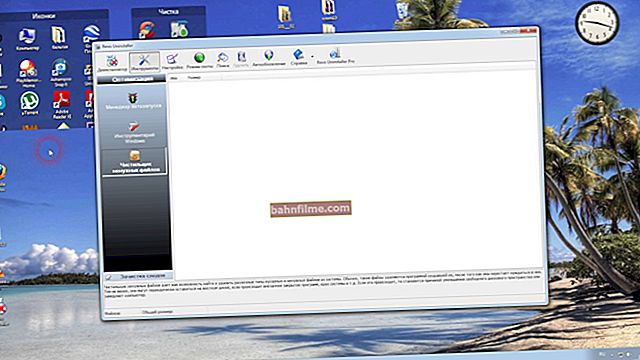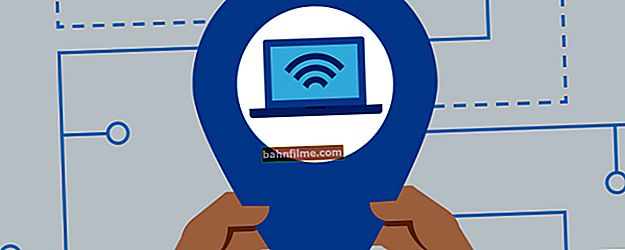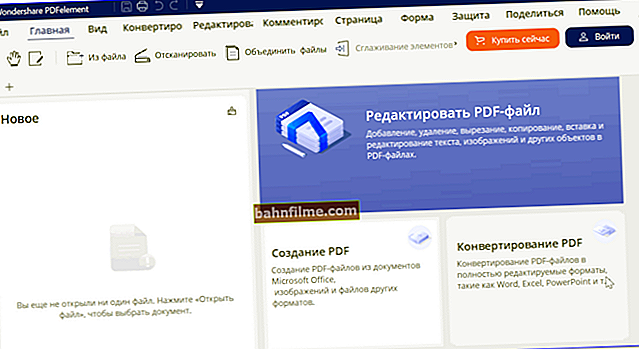
User question
Hello, Alexander!
On my old laptop ASUS X750, the touchpad stopped working (the device did not drop, did not reinstall the OS, did not climb into the settings ...).
I rarely work with him, lately he just lay (even discharged) - then I connected it to copy documents, and noticed that with the touchpad "pipe" ...
Good health.
In general, it is not a rare situation for laptops of various brands (most often the problem occurs on HP, ASUS and Dell devices). Typical reasons are failures in software settings when connecting a mouse, or incorrectly working drivers.
Well, let's try to eliminate ... 👌
Important!
1) To facilitate interaction with a laptop, instead of a touchpad, you can connect (at least temporarily) a regular USB mouse.
2) You can also use the buttons and combinations on the keyboard: Win, ↑, ↓, →, ←, TAB, Enter, Shift + F10 / Shift + Fn + F10.
*
What to do with a broken touchpad
❶
Reboot, and re-connect the touchpad
And so, the first advice is trivial - restart the laptop (note: when you reboot, all devices are re-initialized and a number of errors will simply be eliminated at the OS boot stage ...).
Next, try turning on the touchpad - usually, this requires holding down the button Fn and press one of functional keys:
- for ASUS: Fn + F9; 👇
- for Lenovo: Fn + F5 or Fn + F8;
- for HP: most often, instead of a combination, you need to double-click with your finger in the upper left corner of the touchpad (👇);
- for MSI: combination of Fn + F3;
- for Samsung: Fn + F5 or Fn + F10.

Options for enabling the touchpad on laptops of different brands (ASUS and HP)
Note: by the way, some users note that together with Fn on their laptops, you need to hold down the Ctrl button! (I have not seen such laptop models myself)
*
❷
Windows 10 OS settings and mouse properties
If you have Windows 10 installed, be sure to open its options (the combination of buttons Win + i) and recheck the tab "Devices / Touch Panel" .
It can be turned off / on. touchpad, adjust the cursor speed, set the operating mode in parallel with the mouse, etc.

Device section / touchpad / Windows 10
After that, go to 👉 Windows Control Panel (not to be confused with parameters!) And open the section "Hardware and Sound / Mouse" .

Control Panel - Mouse
If a you have a "native" driver installed on the touchpad - then in the mouse settings there should be a tab responsible for its operation (if it is not there - see the next step of the article 👇).
Usually, it has options for enabling / disabling it, the mode of displaying the icons and the behavior when connecting to the USB port of the mouse.
Advice: try to click on the button "Enable touchpad" (if it is active), and uncheck the off box. touchpad when connecting a mouse.

Disabling the touchpad when connecting a mouse
*
❸
Lack of driver
The touchpad may not work due to the lack of a driver in the system (this usually happens after reinstalling the OS, restoring operations, updating drivers, etc.).
Despite the fact that the new Windows 10 OS (usually) always automatically installs "its" drivers when connecting any devices to the system, they do not always work correctly, and besides, they have no control panel in the mouse settings (which I gave just above).
In any case, I would recommend 👉 find out the exact model of the laptop, go to the official website of its manufacturer - and find the driver for the touchpad there (in English. "Touchpad Driver"). An example for a Lenovo device is below ...
👉 To help!
Automatic driver update using special. utilities

Lenovo official site - looking for a driver for the touchpad
By the way, you can view the availability of drivers for certain devices in 👉 Device Manager. A yellow wax will light up next to devices for which there are no drivers. sign. Screenshots with examples below.

Mice and other pointing devices - device manager

The driver for the video card is installed (on the left), there is no driver (on the right)
*
❹
Touchpad can be disabled in BIOS / UEFI
Some BIOS / UEFI versions may have special.settings that allow you to disable the touchpad (by the way, just the same began to be found in notebooks from ASUS and ACER).
👉 To help!
How to enter BIOS (UEFI) on a computer or laptop [instruction]
Usually, these options are found in the section "Advanced" (extended).
In my example below (ASUS laptop) it was necessary to translate the device Internal Pointing Device (this is the touchpad) in Enabled mode (i.e. enabled). After saving the settings (F10 key) and restarting the laptop - the touchpad started working!

Internal Pointing Device is a touchpad (Enabled means that it is enabled!)
Of course, depending on the laptop model and BIOS version - your menu may differ slightly from my example. However, see if you have a device named "... pointing ..." (or "...Touchpad").
If the operating instructions have been preserved, it is possible that it contains a decryption of all the parameters of your BIOS / UEFI version ...
*
❺
Disable the touch keyboard service
This recommendation is relevant for touchscreen devices.
In some cases, due to the incorrect operation of the touch keyboard service, the touchpad may be inaccessible - and therefore it is worth trying to disable it (this is, of course, a "crutch", but as a temporary measure - why not ?!).
You can do it like this:
- to push Win + R;
- into the window that appears "Run" to introducemsconfig and press Enter.

msconfig
Then go to the tab "Services" , to find "Tablet PC Input Service" , uncheck it and click OK. Agree to restart the laptop, of course.

Tablet PC Input Service - uncheck the box, save the settings and restart the PC
*
If you have resolved the question somehow differently, just drop a few words in the comments (thank you in advance).
That's it for now, good luck!
👣

